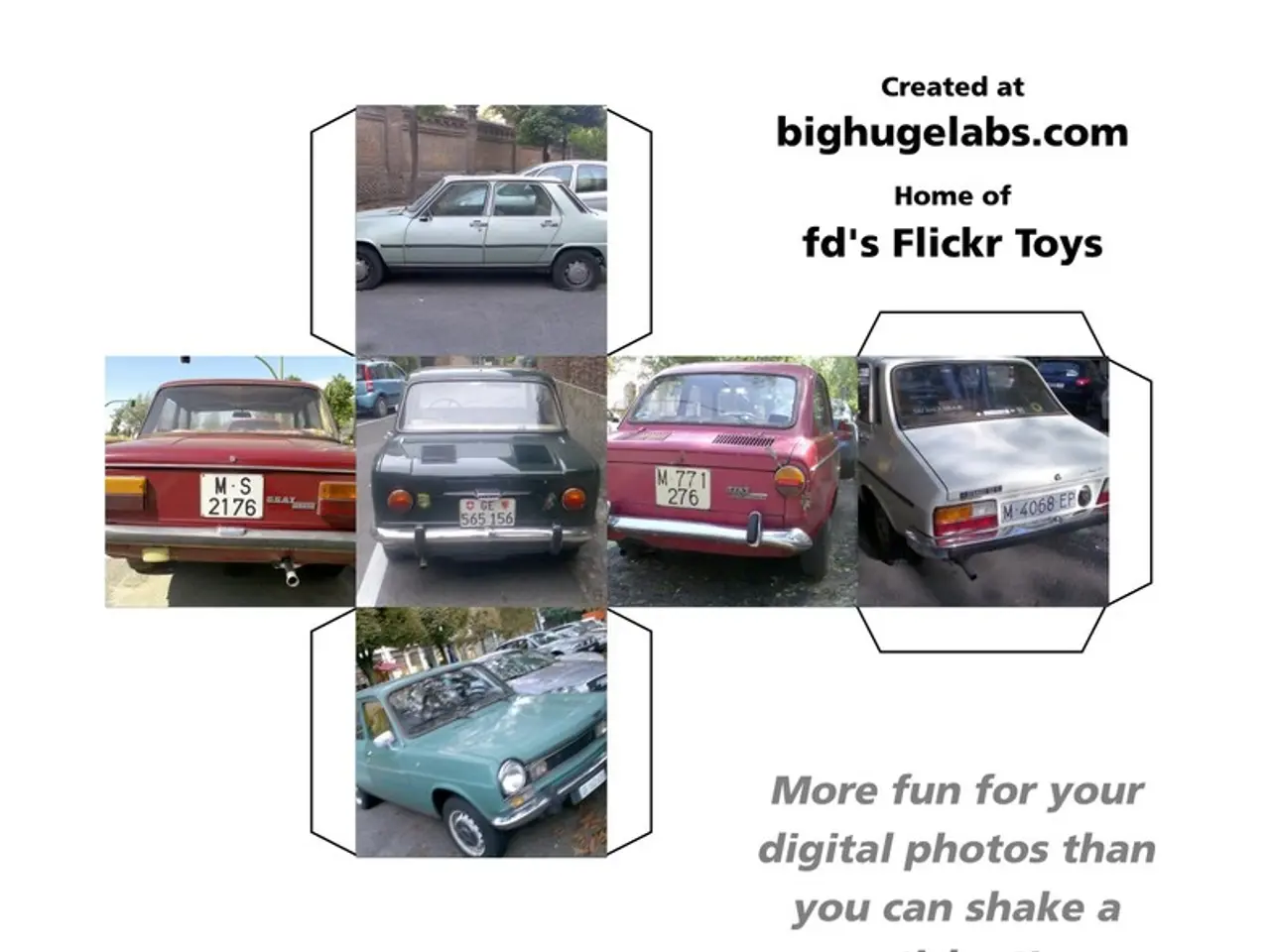Guidelines for Permissible and Prohibited Actions in a Motorhome
Safe and Informed: A Guide to Motorhome Travel in Europe
Traveling in a motorhome through Europe can be an exciting adventure, offering a sense of independence and freedom. However, it's essential to be aware of the rules and regulations in different countries to ensure a smooth journey.
In countries like Germany and Austria, motorhomes over 7.5 tons require a class C or CE truck license, and drivers must comply with specific conditions. These conditions include regular medical fitness checks for heavy vehicle drivers over 50, adherence to toll and emission zone rules, and the use of onboard devices for toll payments. Austria charges tolls for vehicles over 3.5 tons, excluding trailers for motorhomes.
Speed limits for motorhomes up to 7.5 tons are 100 km/h on motorways and 80 km/h elsewhere. Heavier models have a speed limit of 80 km/h, even on motorways. It's recommended to check speed limits when traveling abroad to avoid any potential fines.
Parking regulations also vary. Motorhomes up to 2.55 meters in width can park on the roadside with a 50-centimeter clearance, while parking on the sidewalk is only allowed for vehicles up to 2.8 tons. Overnight camping outside of official sites is prohibited in Germany, and heavier vehicles (above 3.5 tons) cannot park in residential areas at night or on Sundays and public holidays.
When it comes to safety, insurance is a must. Comprehensive insurance is recommended for a motorhome, and protection letters or travel insurance can be useful for motorhome travel. The choice of insurance coverage is important for van life.
For those new to motorhome travel, finding the right parking spot can be challenging. A helpful video discusses how to find suitable parking spots for motorhomes. The expert Anne-Katrin Schwanitz also provides tips on the proper loading of a camping vehicle, tire pressure and vehicle check, safety with gas bottles and gas cookers, and fire protection.
Remember, a motorhome is often a valuable asset, and a break of up to ten hours is allowed on the roadside without camping furniture, awning, or grill. Specific rules apply when staying on designated parking spots, such as for pets, fire, and quiet hours.
Our website, a German-language service and news portal, informs readers about life and work abroad. If you have any questions or need more information, feel free to contact us at [email protected].
Safe travels, and happy motorhoming!
Read also:
- Peptide YY (PYY): Exploring its Role in Appetite Suppression, Intestinal Health, and Cognitive Links
- Toddler Health: Rotavirus Signs, Origins, and Potential Complications
- Digestive issues and heart discomfort: Root causes and associated health conditions
- House Infernos: Deadly Hazards Surpassing the Flames








